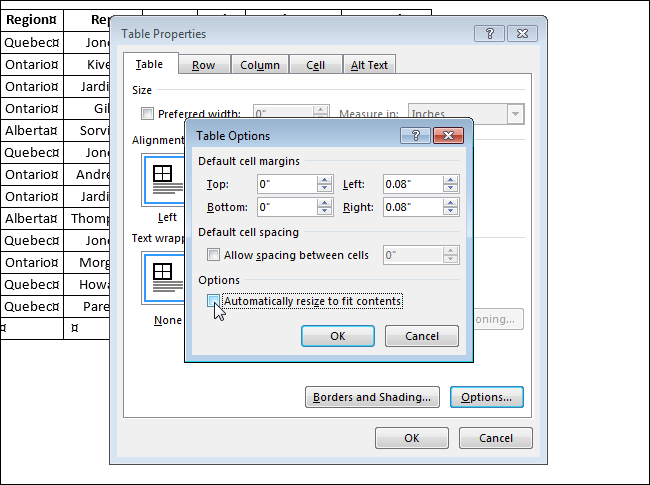
On the Text Box Tools Format tab, in the Linking group, click Create Link.Ĭlick in the text box you want as the next in the story. Use connected boxes to continue a story in another text box, create columns of different widths, or move text from overflow into another box.Ĭlick in the text box you want as the first text box in the story. A chain of connected text boxes, also known as a story, can span multiple pages. When you connect text boxes, text that won't fit into the first text box flows into the next text box. On the Text Box tab, under Text Box Margins, enter the settings for the margins. Right-click the text box, and then click Format Text Box. Note: Tracking is available only if you are working on a print publication.

To adjust tracking manually, click Custom, and then enter a percentage between 0.1% and 600% in the By this amount box. To adjust tracking automatically, click one of the preset spacing options. In the Character Spacing dialog box, under Tracking, do one of the following: On the Text Box Tools Format tab, in the Font group, click Character Spacing, and then click More Spacing. Select the paragraphs you want to change. Under Line spacing, select the options that you want.Īdjust the spacing between all characters (tracking).

On the Home tab, click the Paragraph dialog box launcher, and then click the Indents and Spacing tab. Here are some ways to fit text in a text box manually: To shrink or expand text to fit in the text box when you resize the box, click Best Fit.

To reduce the point size of text until there is no text in overflow, click Shrink Text On Overflow. On the Text Box Tools Format tab, in the Text group, click Text Fit, and do one of the following:


 0 kommentar(er)
0 kommentar(er)
